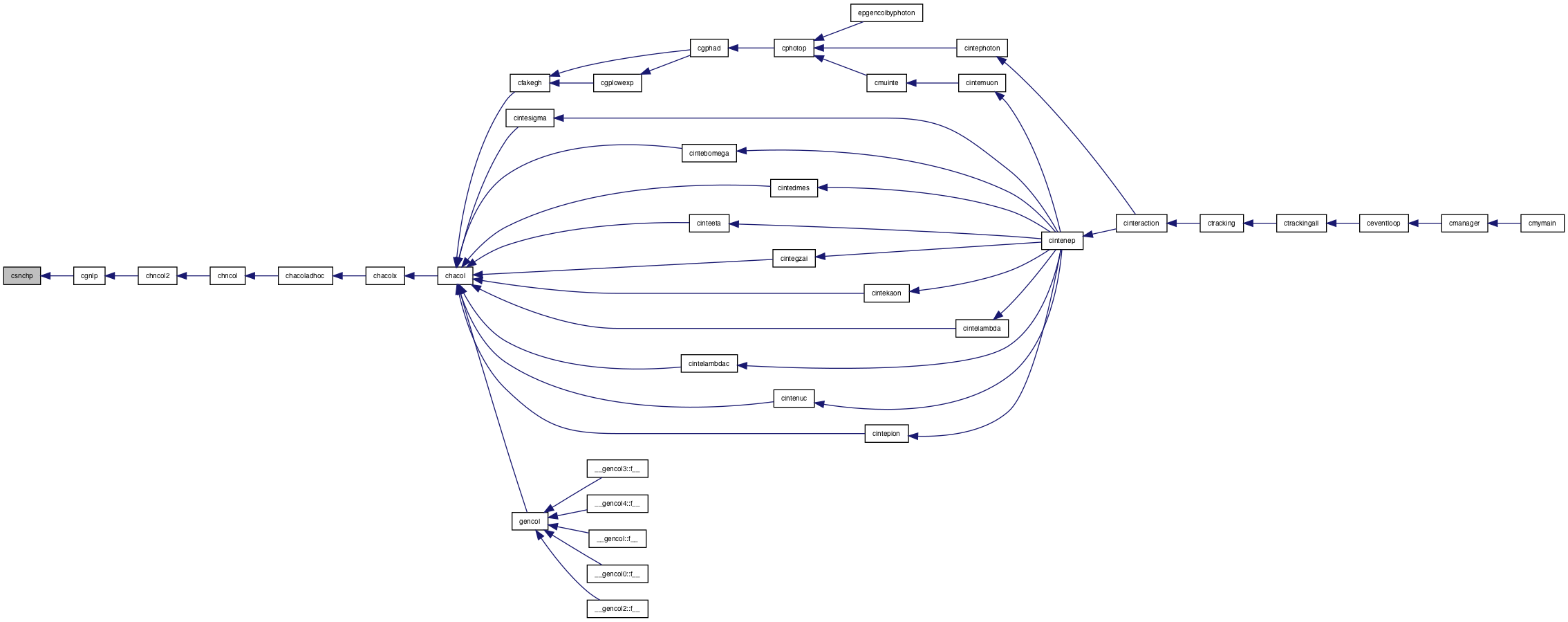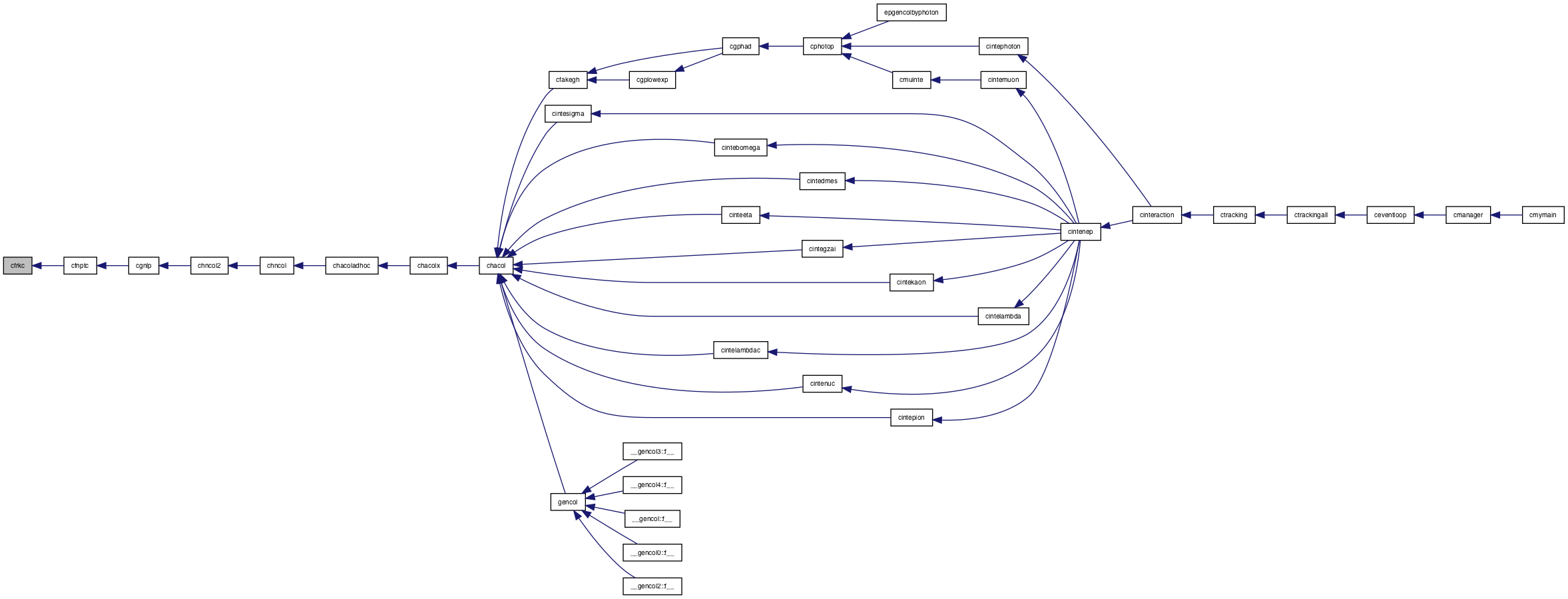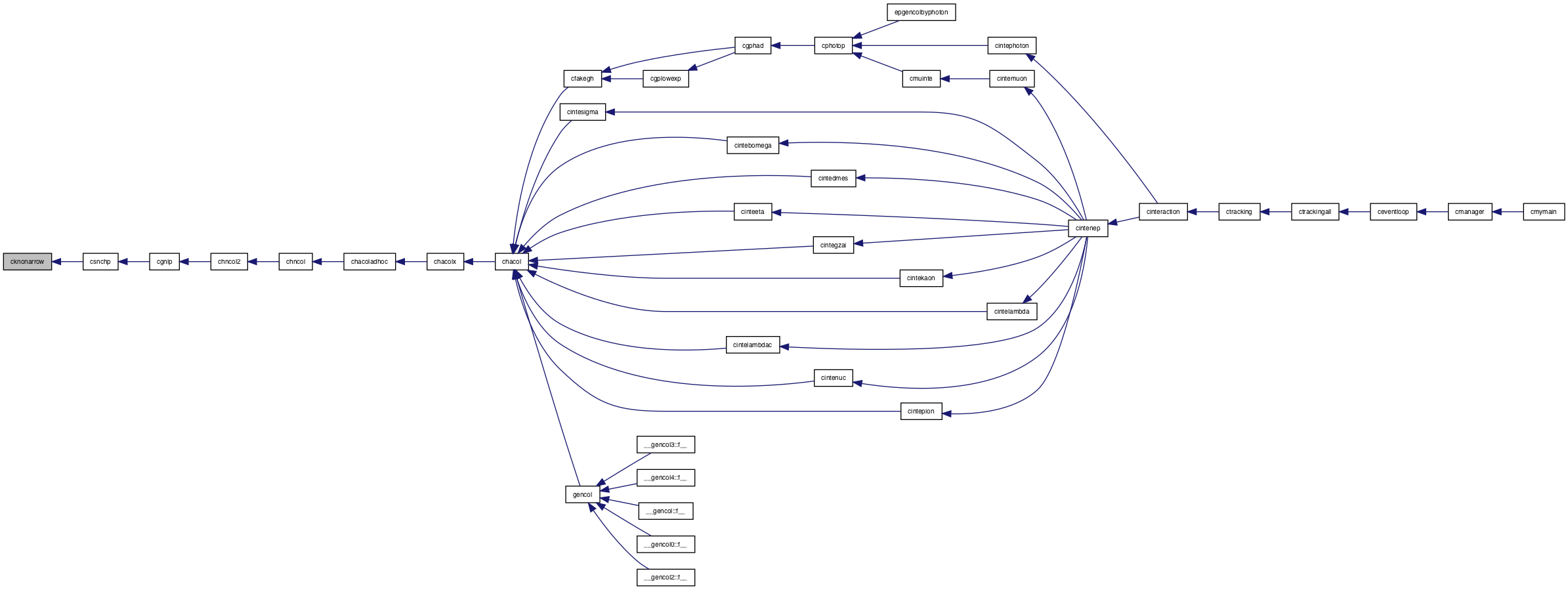csnchp.f File Reference
Go to the source code of this file.
Functions/Subroutines | |
| subroutine | csnchp (icon) |
| subroutine | ckno (ave, sampled) |
| subroutine | cknonarrow (ave, sampled) |
| subroutine | cnbk (roots, ak) |
| subroutine | cfnptc (a, ntot) |
| subroutine | cfrnnb (efsl, rn) |
| subroutine | cfrkc (efsl, rk) |
| subroutine | cnddb (efrs, ddb) |
Function/Subroutine Documentation
◆ cfnptc()
Definition at line 119 of file csnchp.f.
References cfrkc(), cfrnnb(), cmkptc(), cnddb(), d, kddb, keta, kkaon, knnb, kpion, kpoisn(), and ksgmim().
Referenced by cgnlp().
********************block data cblkHeavy ********************integer j data *HeavyG2symbol p
Definition: cblkHeavy.h:7
Definition: Zptcl.h:75
Here is the call graph for this function:
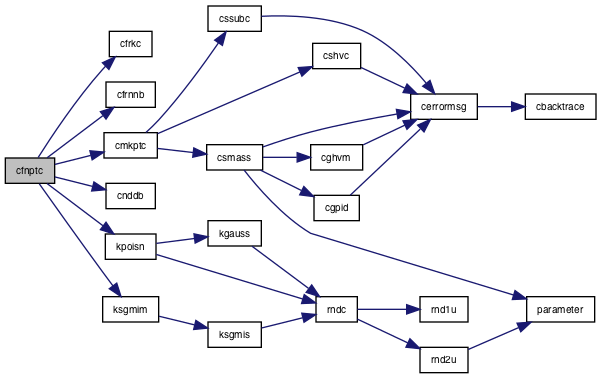
Here is the caller graph for this function:
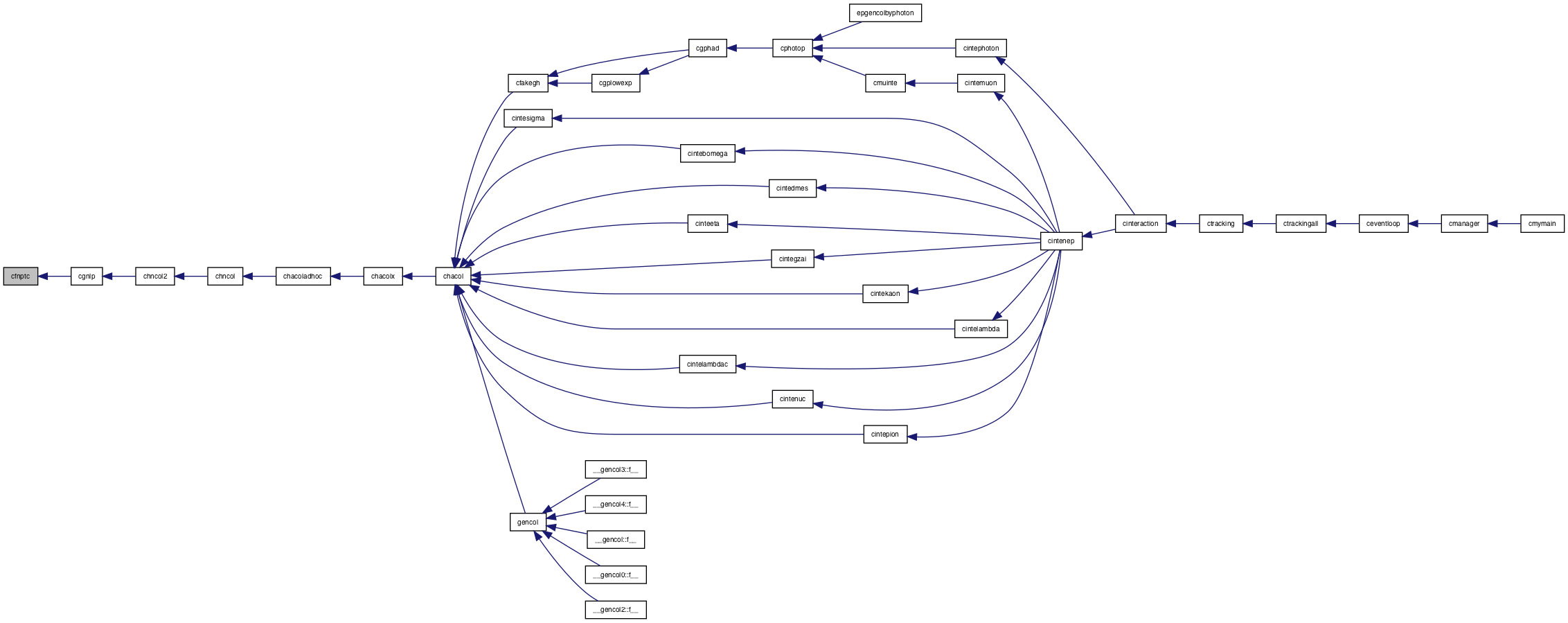
◆ cfrkc()
◆ cfrnnb()
Definition at line 256 of file csnchp.f.
References d0.
Referenced by cfnptc().
block data cblkEvhnp ! currently usable models data RegMdls ad *special data *Cekaon d0
Definition: cblkEvhnp.h:5
Here is the caller graph for this function:

◆ ckno()
Definition at line 75 of file csnchp.f.
block data cblkEvhnp ! currently usable models data RegMdls ad *special data *Cekaon d0
Definition: cblkEvhnp.h:5
Here is the call graph for this function:

◆ cknonarrow()
◆ cnbk()
Definition at line 104 of file csnchp.f.
References d0.
Referenced by csnchp().
block data cblkEvhnp ! currently usable models data RegMdls ad *special data *Cekaon d0
Definition: cblkEvhnp.h:5
Here is the caller graph for this function:
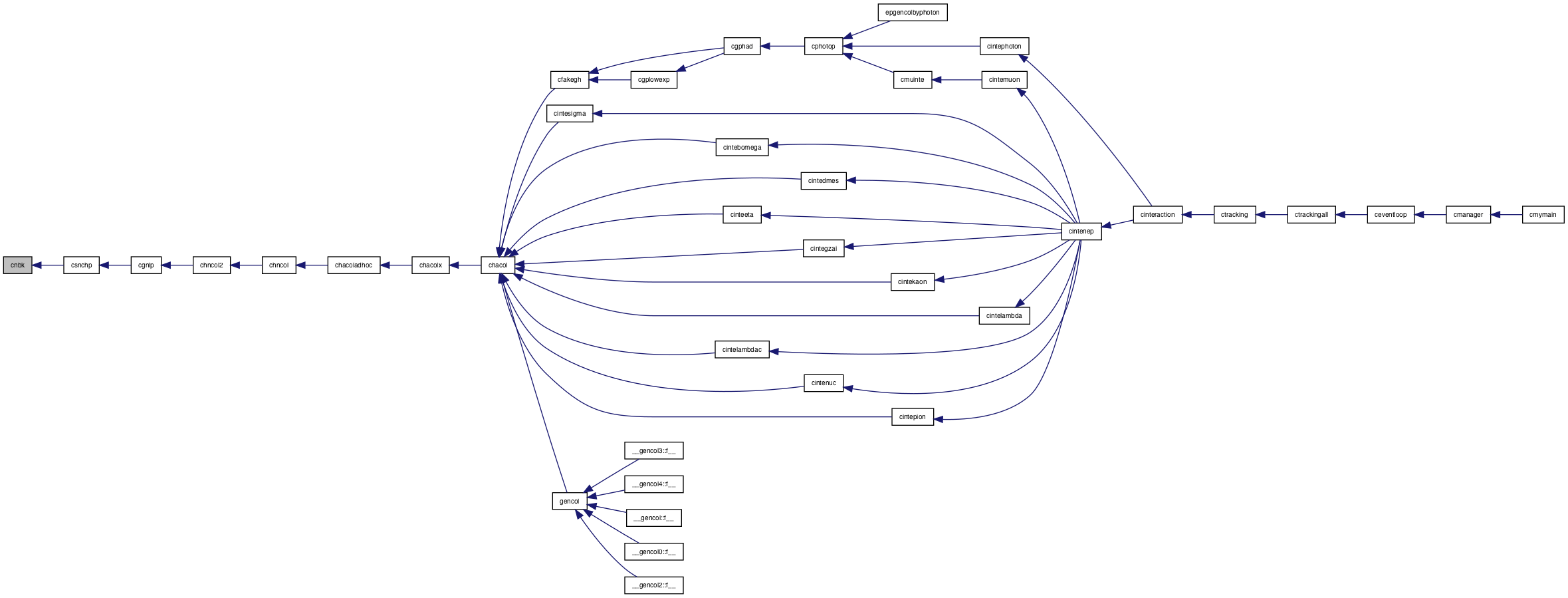
◆ cnddb()
Definition at line 288 of file csnchp.f.
Referenced by cfnptc().
block data cblkEvhnp ! currently usable models data RegMdls ad *special data *Cekaon d0
Definition: cblkEvhnp.h:5
Here is the caller graph for this function:
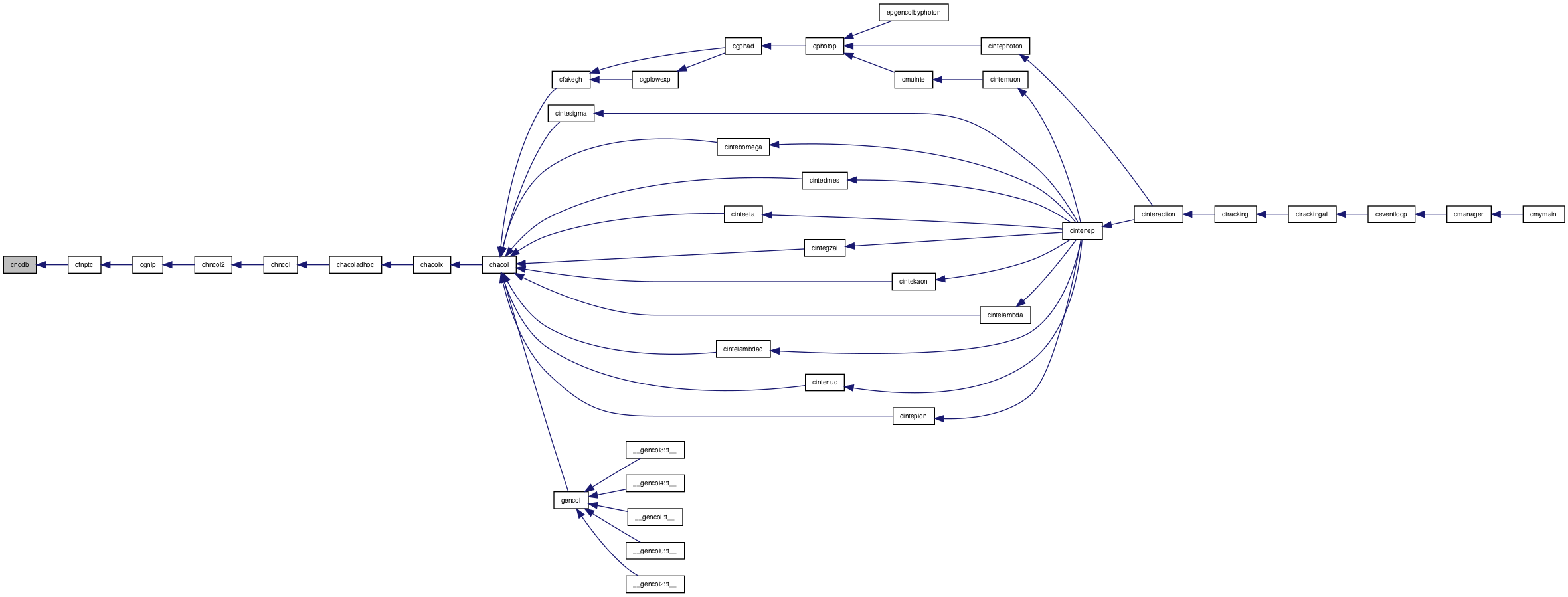
◆ csnchp()
| subroutine csnchp | ( | integer | icon | ) |
Definition at line 3 of file csnchp.f.
References ccpmul(), cknonarrow(), cnbk(), d0, knbino(), masp, and maspic.
Referenced by cgnlp().
block data cblkEvhnp ! currently usable models data RegMdls ad *special data *Cekaon d0
Definition: cblkEvhnp.h:5
Here is the call graph for this function:
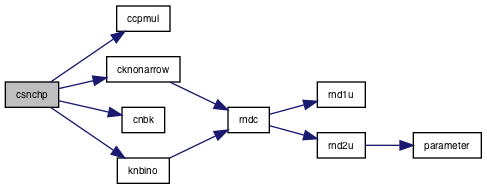
Here is the caller graph for this function:
